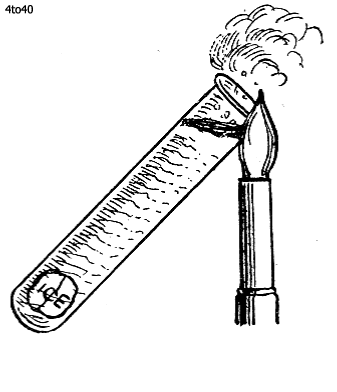
Ice and Boiling Water
Take an ordinary test tube and fill it nearly to the top with cold water. Into the tube drop a small piece of ice about the size of a marble or cherry. We want it to stay at the bottom of the water, but being lighter than water it floats. To overcome this put a ring of stout wire around it and so weight it down. We want you to note particularly that the wire does not affect the experiment in the least, except that it keeps the ice where we want it.
Now hold the test tube in a slanting position with the lip in the flame of a Bunsen burner. In a moment or two the surface of the water begins to bubble, showing that it is boiling. The ice remains unaffected though it is lying in the same tube that contains the boiling water.
This shows not only that water is a very bad conductor of heat but that hot water rises. If we had heated the bottom of the tube and floated the ice on the surface, the ice would have quickly disappeared.
 Kids Portal For Parents India Kids Network
Kids Portal For Parents India Kids Network






